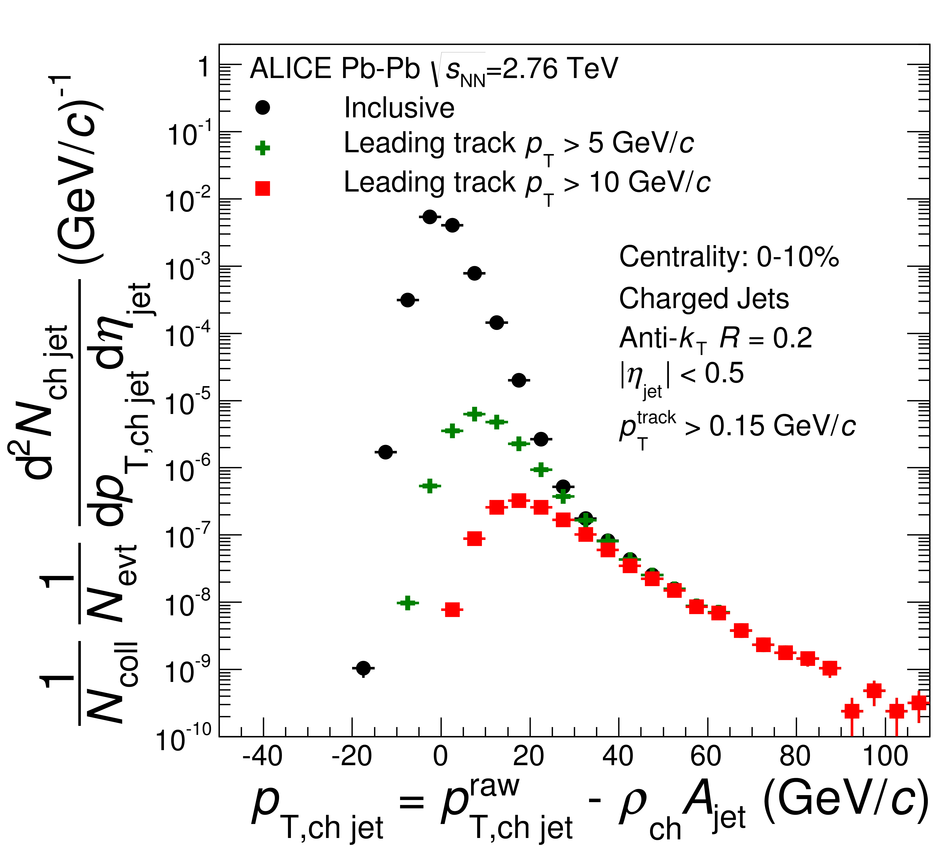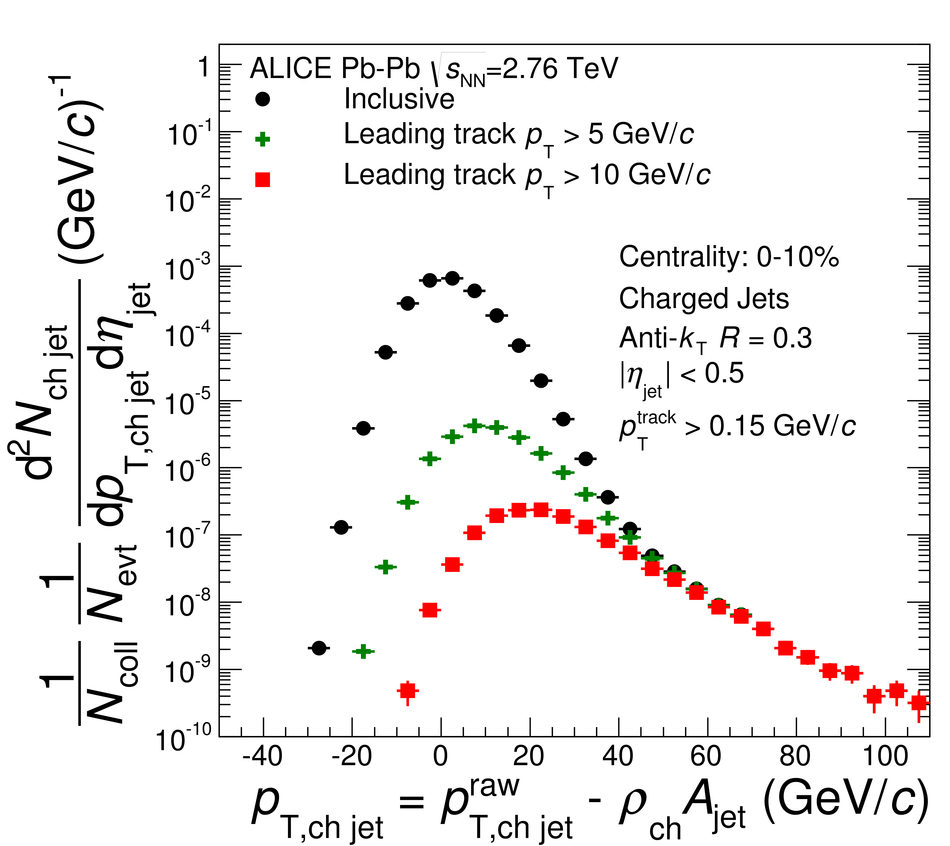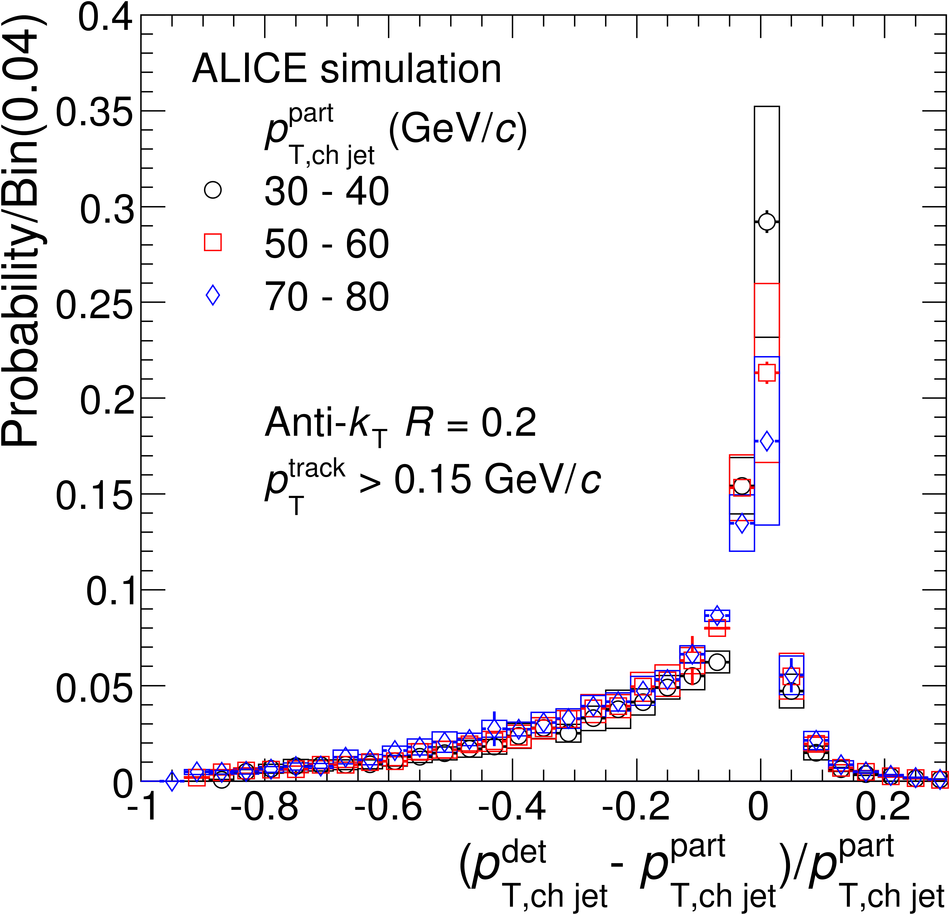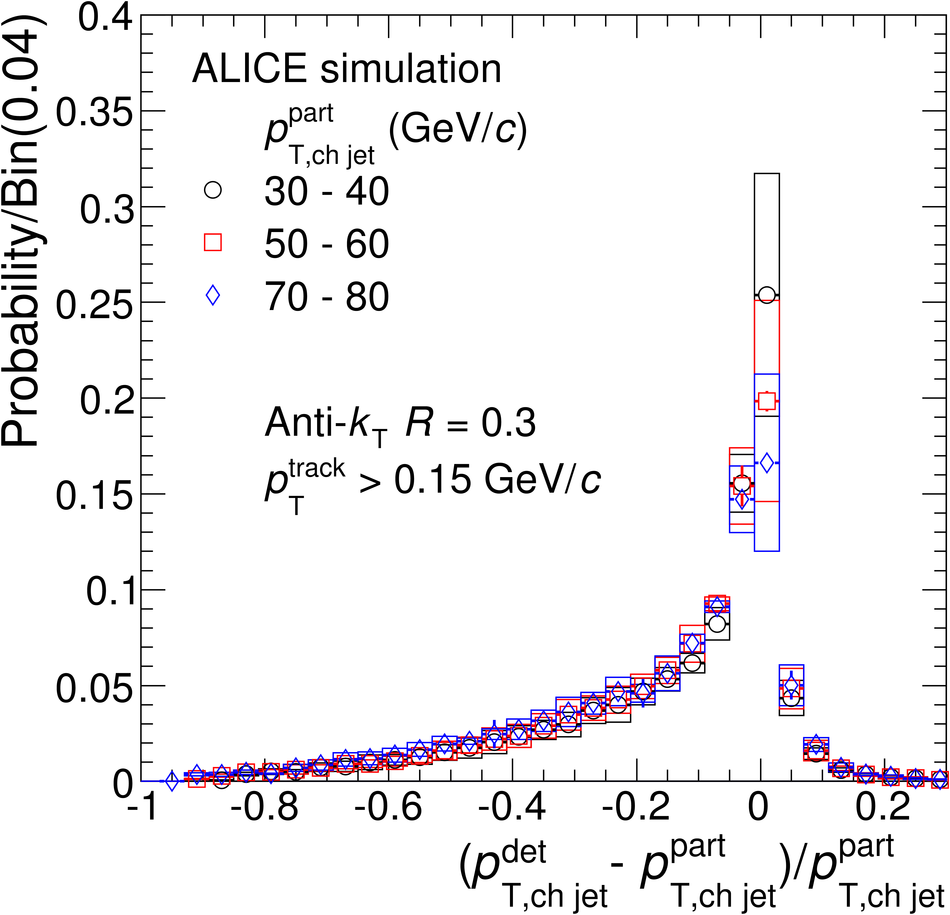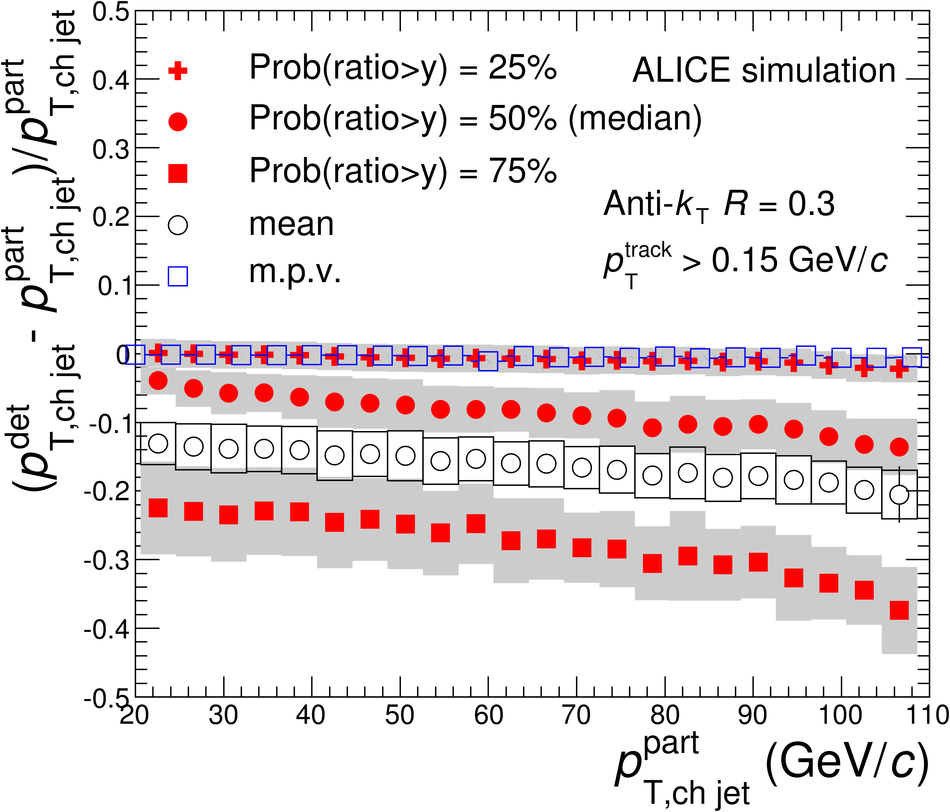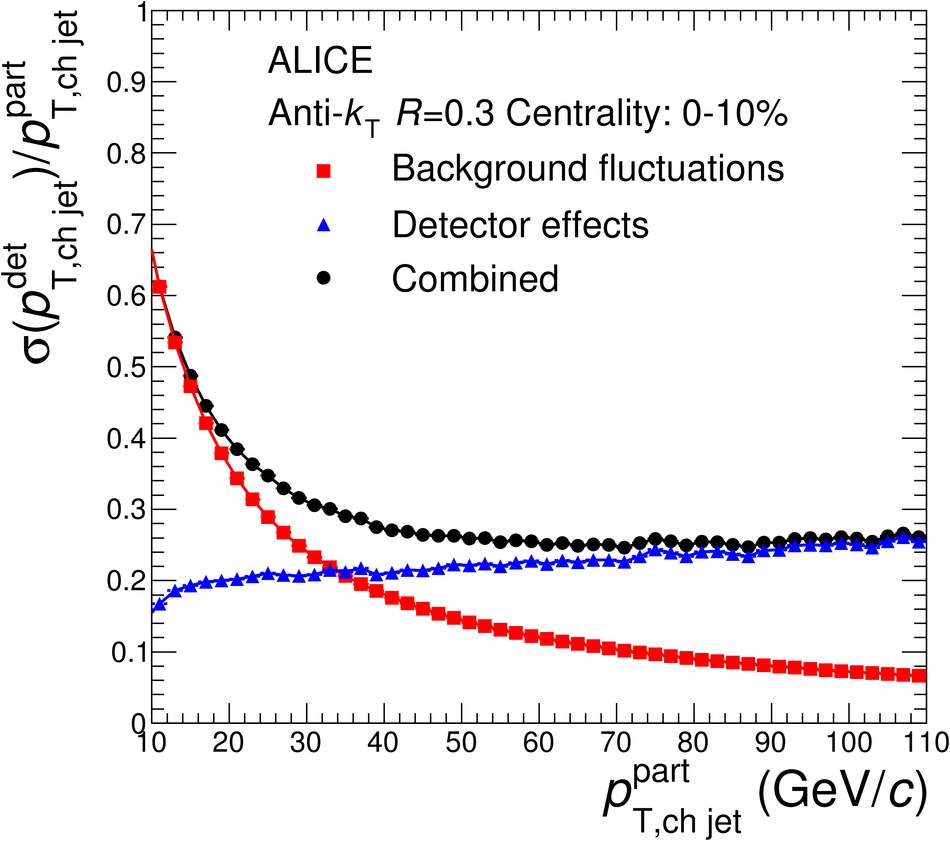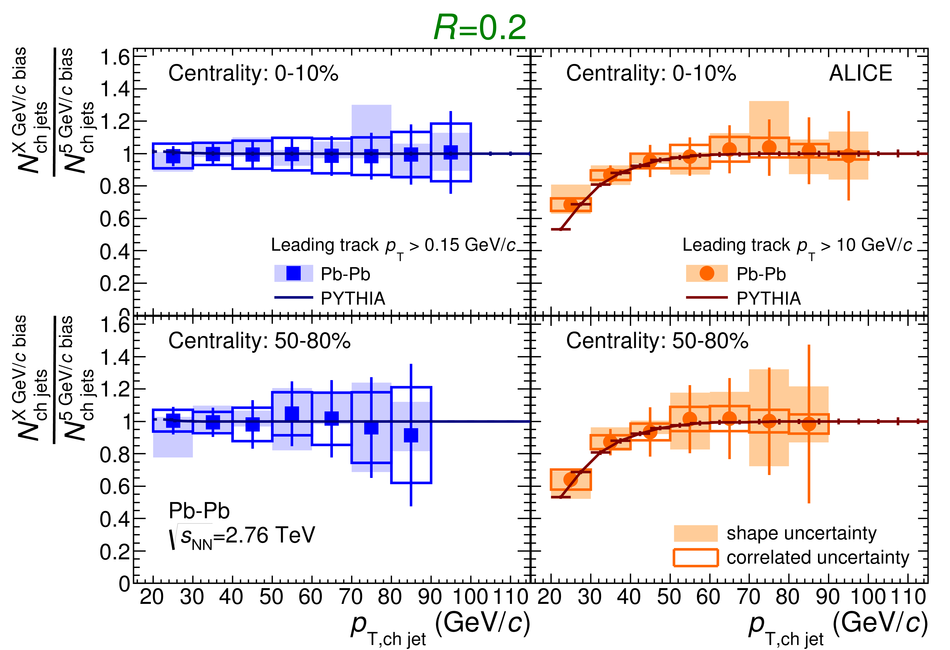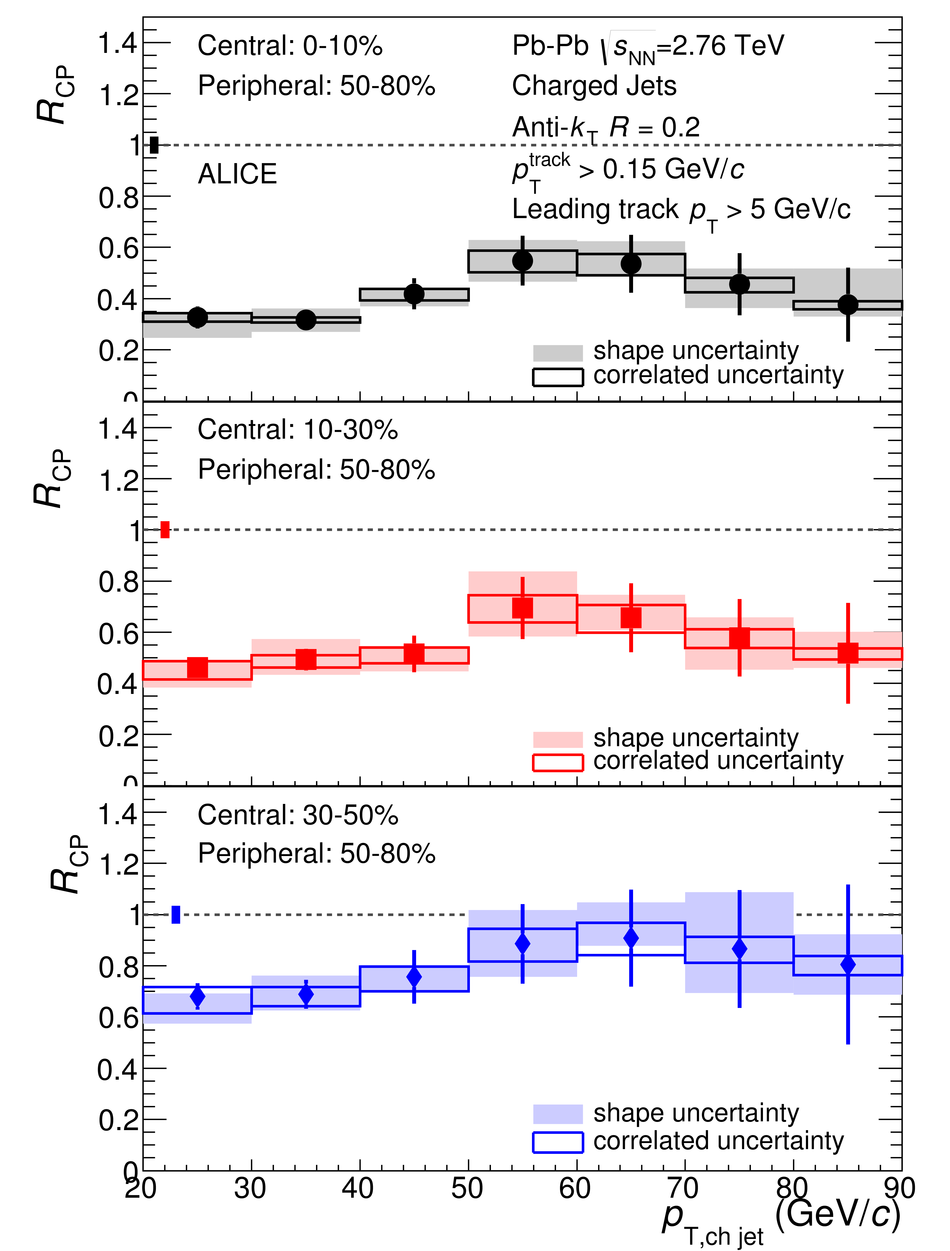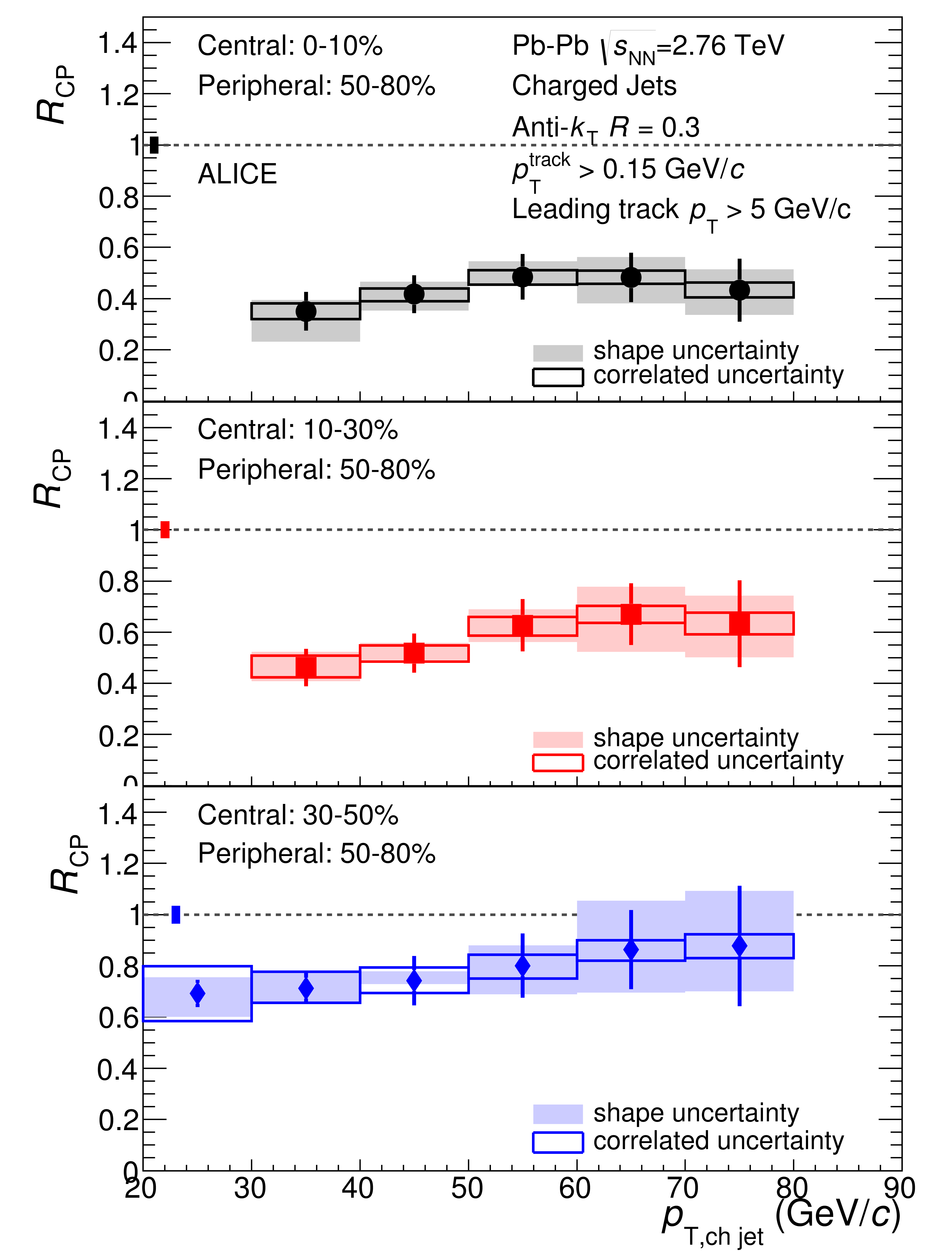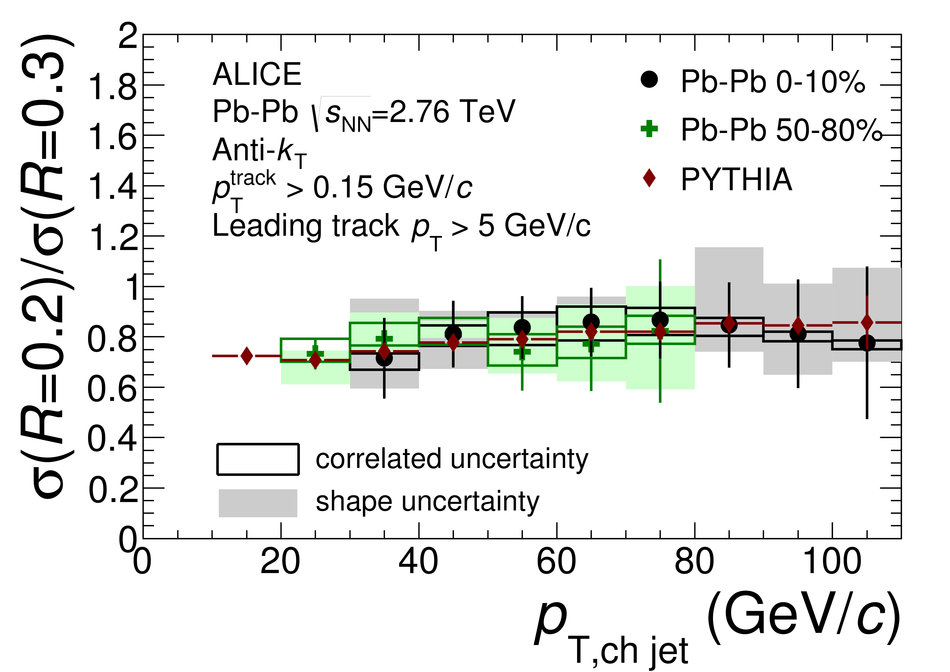A measurement of the transverse momentum spectra of jets in Pb-Pb collisions at $\sqrt{s_{\rm NN}}=2.76$ TeV is reported. Jets are reconstructed from charged particles using the anti-$k_{\rm T}$ jet algorithm with jet resolution parameters $R$ of $0.2$ and $0.3$ in pseudo-rapidity $|\eta|<0.5$. The transverse momentum $p_{\rm T}$ of charged particles is measured down to $0.15$ GeV/$c$ which gives access to the low $p_{\rm T}$ fragments of the jet. Jets found in heavy-ion collisions are corrected event-by-event for average background density and on an inclusive basis (via unfolding) for residual background fluctuations and detector effects. A strong suppression of jet production in central events with respect to peripheral events is observed. The suppression is found to be similar to the suppression of charged hadrons, which suggests that substantial energy is radiated at angles larger than the jet resolution parameter $R=0.3$ considered in the analysis. The fragmentation bias introduced by selecting jets with a high $p_{\rm T}$ leading particle, which rejects jets with a soft fragmentation pattern, has a similar effect on the jet yield for central and peripheral events. The ratio of jet spectra with $R=0.2$ and $R=0.3$ is found to be similar in Pb-Pb and simulated PYTHIA pp events, indicating no strong broadening of the radial jet structure in the reconstructed jets with $R<0.3$.
JHEP 03 (2014) 013
HEP Data
e-Print: arXiv:1311.0633 | PDF | inSPIRE
CERN-PH-EP-2013-205

